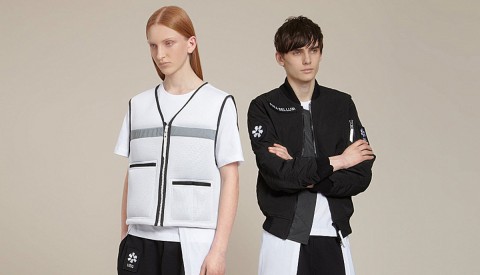In today’s fashion landscape, traditional notions of gender have become increasingly obscured. Women wearing menswear is pretty much mainstream in modern society –whether it’s girls rocking men’s tees, the emergence of “boyfriend jeans” or stylists swathing female figures in bulky, oversized tailoring. In fact, we barely bat an eyelid at the idea of a woman dipping into the menswear department for new cuts to mix up her wardrobe.
In recent years we’ve even seen brands embrace the unisex model; from Rad Hourani to Zara, fashion is finally taking note of non-binary clothing. Even London’s infamous department store Selfridges has pushed things forward, with their Agender retail space promoting a selection of non-gender specific, high-fashion designs.
Now more than ever, its seems like clothing that’s designed for no particular sex could finally become a serious part of our shopping experience.
Selfridges
Yet, while all these examples are seen as triumphs in the battle against rigid gender stereotypes, others have questioned the implied meaning of that term “unisex.” High-street retailer Zara’s Ungendered collection has been criticized for its heavy emphasis on plain T-shirts, jeans and sweatshirts, which seem to perpetuate the idea of gender-neutral as simply just looking masculine.
While it’s totally acceptable if girls want to dress in this way, it goes without saying that to only provide customers with one option without the corresponding opposite – that is, effeminate clothing designed for both sexes – undoes much of the point behind this supposedly inclusive approach to the way people dress.
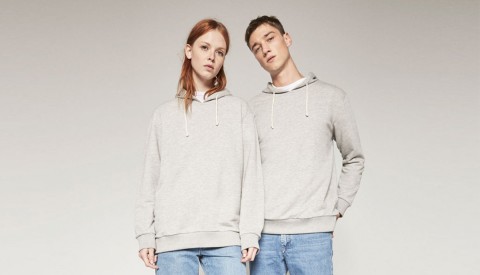
Zara
Yet, if the idea of seeing men wearing crop-tops or skirts still feels like a step too far for much of society, don’t forget that it wasn’t so long ago that skinny jeans were pushing similar boundaries for the male silhouette.
In the mid-2000s — before most retailers had caught on to the craze — boys were buying women’s denim to get that skin-tight fit that indie and emo subcultures relied upon as a cornerstone of their wardrobe. As with many trends, it wasn’t long before the trickle-down effect from early adopters and key influencers saw guys outside these niche scenes begin to desire a similar look, kicking off an aspect of fashion that has become so normalized today that we don’t even stop to think about its roots.
And such a shift was by no means a one-off occurrence. The 1970s not only gave the world Space Hoppers and Star Wars, but also some of the most renegade attitudes to men’s fashion in recent history. This era saw many men actively striving to dress as flamboyantly as their female counterparts, with silhouettes, cuts and fabrics that went deliberately against supposed masculine ideals. In fact, artists like David Bowie and Prince were considered some of the most desirable, alluring men of their time, largely thanks to their fearlessness when it came to embracing a more feminine appearance.
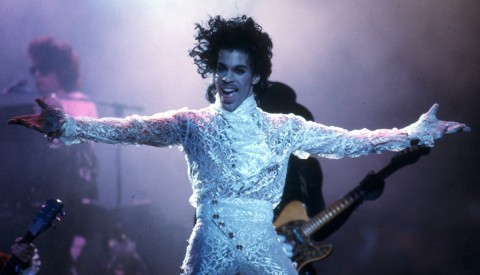
And, in essence, that is really where behavioral change is most likely to begin: from the top down. When it comes to something as sensitive and closely linked to identity as clothing, it takes the action of a few brave torchbearers to help shift public opinion to the point where real change occurs.
While we might not yet be at the point where you catch your brother and his friends heading out to the store in a pair of Louboutins, change is nonetheless in the air. To celebrate that fact, we’ve rounded up a few of the key players right now doing their bit to confound the played-out notion that you can’t wear whatever you want (as long as it looks good).
Jaden Smith in Louis Vuitton
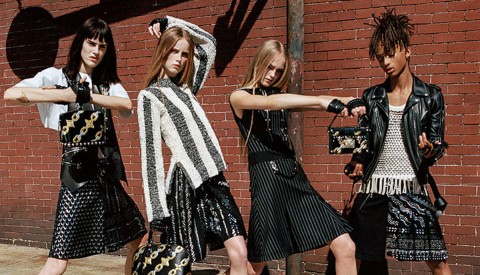
i-D
Jaden Smith’s fondness for stereotypically female items of clothing like skirts and dresses is well documented. The prodigious star has made his feelings on the matter of gendered apparel well known, and his Instagram account is full of posts like this one, challenging the labels people attach to fashion. Such a fearless attitude landed him a starring role in Louis Vuitton’s Spring Summer 2016 womenswear campaign, proving to the world just how good confidence looks, no matter what you’re wearing.
Young Thug in Gucci
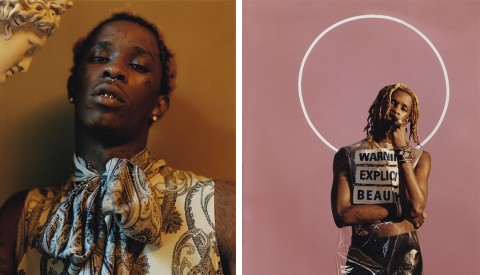
Dazed & Confused
Young Thug is another artist completely unafraid to advertise the diversity of his wardrobe. Speaking to GQ in 2015, he proudly admitted, “The only thing I probably have in men’s is like, briefs… 90% percent of my clothes are women’s” – something he backed up when Dazed & Confused decided to put him on their cover that same year.
Rocking a range of decidedly un-hip-hop attire, including a silk blouse and lace top by Gucci, he showed the world that being thugged-out can take many forms, and that really the most formidable thing you can be on the streets is yourself.
Frasse Johansson in Acne Studios
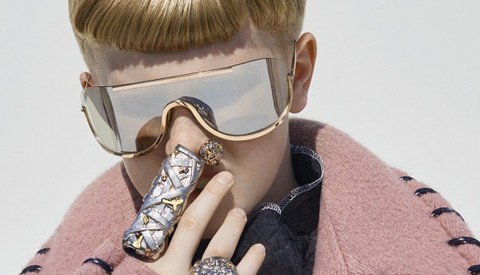
Acne Studios
It seems the younger generation is spoiled for choice when it comes to daring role models seeking to shift attitudes among people of all ages. When Acne Studios co-founder and designer Jonny Johansson asked his son Frasse if he would be the model for the brand’s FW15 womenswear campaign, the open-minded 11-year-old was only too happy to oblige. Speaking to Dazed on the campaign, he was keen to stress “It doesn’t matter to me if it is ‘girl’ clothes or ‘boy’ clothes, I don’t really feel that there is a difference.”
While the actual images were deliberately ridiculous in their mismatch of sizing between clothes and model, the message itself was clear: the old binary ways are over; anything is fair game.
Pharrell in Céline
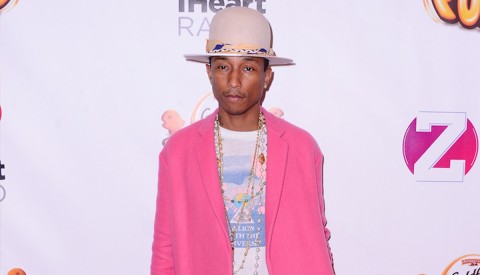
The music and style mogul has always had a confidence unlike most others, and he could teach us all a thing or two about marching to beat of our own fashion drum. His pink Céline coat moment in 2014 is one to be inspired by – a defiant moment that had the whole world struck with admiration. Pharrell has built practically his entire late career on his reputation as a ladies’ man, and a wardrobe choice like this channelled the spirit of those great figures from the ’70s like Prince. After all, few things can win hearts more than this kind of confidence.
Kanye West in Céline & Givenchy
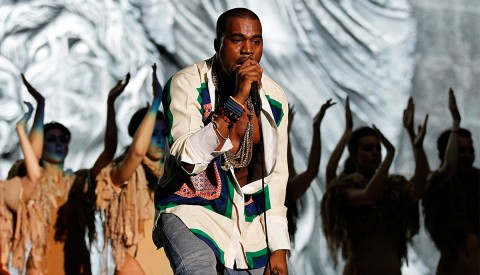
Way before Pharrell did it, however, there was another hip-hop star willing to stand up and show the world that a great piece of clothing is a great piece of clothing, no matter who it was made for. Back in 2011, Kanye performed his slot at Coachella wearing a colorful silk shirt by Céline — a brand he has confessed his love and admiration for over the years, despite the fact it is exclusively made and sold to women. This was then followed up that same year by his notorious Watch the Throne tour, in which the Chicago rapper donned a full black leather skirt designed by Givenchy creative director, Riccardo Tisci.
In both instances the support from fans was enough to drown out the skeptical naysayers, and for a short time the male skirt even made its way onto the streets as the world embraced a rare moment of IDGAF attitude.
Whether we’ll see a return to such an emancipated way of thinking from Kanye or his fans any time soon remains to be seen. However, for anyone reading this that’s curious about breaking free from the mold but worried what others might think, remember the words of the great Iggy Pop:
“I am not ashamed to dress ‘like a woman’ because I do not think it’s shameful to be a woman.”
Amen.
-
Words:
Rachel Rodgers & AJ Gwilliam -
Lead Image:
Sun Sentinel

